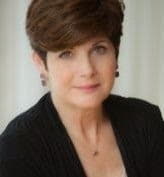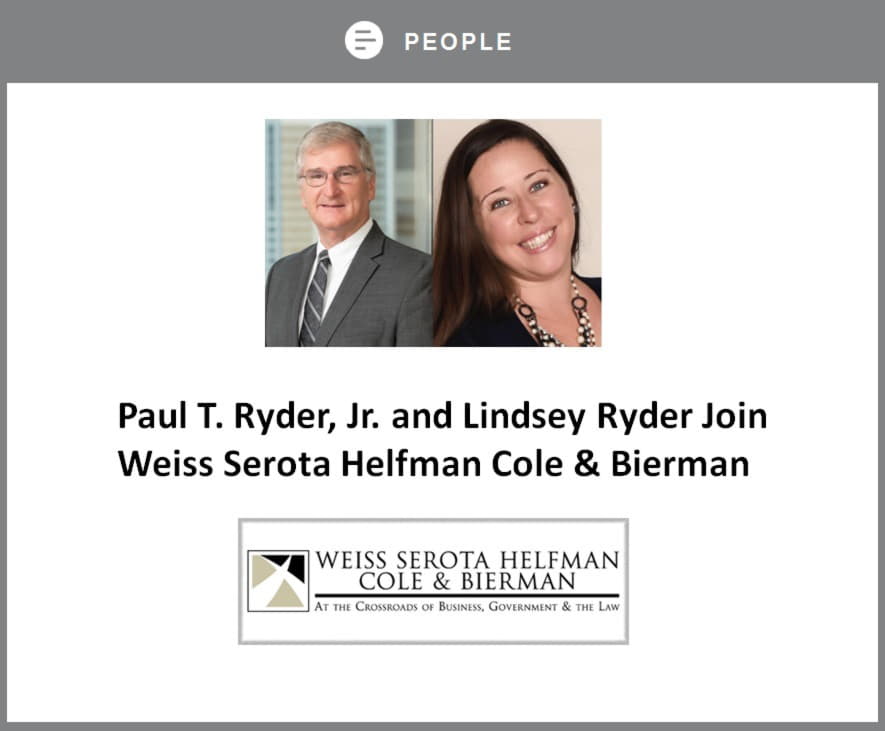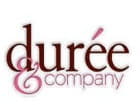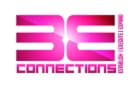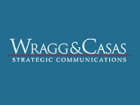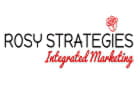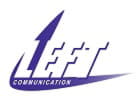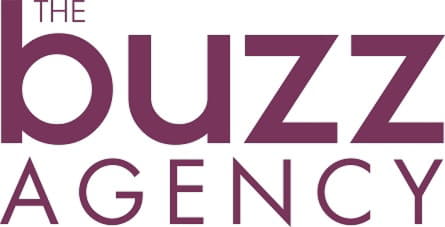Creativity is the ability to generate novel and useful ideas and solutions to everyday problems and challenges. It’s the knack of taking existing objects and combining them in different ways for new purposes. Rather than supporting the use of creativity, forward thinking organizations embrace it as a significant output and create a culture around it..
Creative thinking will help your organization re-define concerns about productivity, efficiency, quality and morale and establish a work atmosphere that is stimulating, challenging, supportive and humane.

How can you do this where you work?
There are a wide variety of books that promise methods that will help you become more creative but just reading them won’t make it so. Taking action to change the existing behavior in your workplace is the only remedy. The good news is that you already possess the tools that will help. It’s time to put them to use.
Most people love mastery at work. When it is achieved, we can relax and do things in a routine and efficient fashion. Why innovate when there seems to be so little time for it and no toleration for risk or error? After all, things seem to be working fine as they are. Except the excitement that comes from innovation, discovery and creation are the very things that are missing from work.
So f irst – let’s accept some unattractive truths for creativity:
- It takes time. You can’t be creative from 9:00 am to 10:00 am simply because that is when meetings are scheduled.
- It takes risk.Innovators like Edison, Curie, Jobs, Bezos, Blakely - all were considered oddballs. Be prepared to stick out like a sore thumb.
- It may not always work. Most innovations weren’t perfected on the first try.
- Expect discomfort. We like the status quo and have to force ourselves to change the things around us. PREPARE FOR DISCOMFORT.
- Forget popularity. Not everyone will adore and support you. Unless you work in a vacuum, your innovations impact others, and not everyone will be thrilled to do things differently.
Second – there are blocks to creativity that must be overcome:
- Thinking that we are not creative.
- A hectic environment that doesn’t provide quiet time for reflection and introspection.
- A sterile environment that does not stimulate the senses.
- Rigid rules and barriers that prevent the gathering of information or connecting with others.
- Stress that drains creative energy.
- Routines that limit the range of responses.
- Egos that cause people to defend their beliefs and limit options.
- Fear of self-expression and the judgement of others.
- Negative thinking and self-criticism.
Once those hurdles have been addressed and removed, give yourself permission to do things creatively.
Possible strategies include:
- Keep a daily journal and record your thoughts, ideas, sketches, etc. as soon as you get them. Review your journal regularly and see what ideas can be developed.
- Surround yourself with people who respect and encourage you.
- Indulge in relaxation activities and sports to give the mind a rest and time for the subconscious to digest information.
- Develop interests in a variety of different things, preferably well away from your normal sphere of work.
- Study books and attend courses on creative thinking techniques and put them into practice.
- Don't work too hard. You need time away from a problem to be creative after periods of intense focus.
- Address problems that can hamper creative output. For instance, concerns with job advancement or opportunities may affect motives to be creative at work.
Creativity is a skill set. The good news is that skills can be learned and developed and with practice, you can get better at it. It does however require patience and a willingness to work for a creative outcome rather than simply waiting for enlightenment.
What else should you do?
- Learn about creativity techniques. This information can be gathered from books, conferences, other people, software and the Internet. Spend time with people who you believe are creative and ask them how they do it. There is no one right answer and many paths to creativity.
- Surround yourself with people who respect you and encourage you to take risks.
- Celebrate your progress in reaching your creative goals.
- Start thinking of yourself as a creative person. Learn the skills of creativity, act creatively every opportunity you get and find environments that support creative behavior.
Creativity is not a gift; it is a state of being. Learning techniques that enhance your creativity will provide you with some useful tools but it will not automatically change your point of view. You will have to start thinking of yourself as a creative person – and that in itself may require some creativity!
